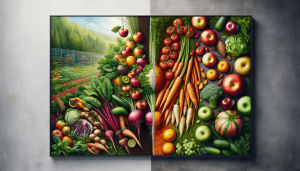How Organic Food is Grown Naturally” takes us on a delightful journey through the practices and principles that make organic farming a wonderful choice for both our health and the environment. We explore the harmonious methods used to grow organic food, such as crop rotation, composting, and natural pest control. These techniques not only enrich the soil but also produce food that’s free from synthetic chemicals. As we delve into this topic, we gain a deeper appreciation for the effort and care that go into cultivating organic produce, ensuring that what ends up on our plates is as natural as nature intended. Have you ever wondered how organic food is grown naturally? If so, you’re not alone! Organic food has been gaining immense popularity over the past few years, not only for its delicious flavors but also for the health benefits it offers. Unlike conventional food, organic food is cultivated using methods that are sustainable, environmentally friendly, and free of synthetic chemicals.
What Is Organic Food?
Organic food refers to produce and animal products that are grown, raised, and processed without the use of synthetic pesticides, genetically modified organisms (GMOs), fertilizers, or hormones. Foods can be labeled as organic if they are certified by an approved organization that confirms the use of organic practices from farm to table.
The Basics of Organic Farming
Organic Certification
Before diving into the methods of organic farming, it’s important to understand organic certification. Organic certification involves rigorous steps where farms are inspected to ensure they comply with organic standards. These standards often vary by country but generally include restrictions on the use of synthetic chemicals, mandates for sustainable farming practices, and rules for animal welfare.
Soil Health
One of the cornerstones of organic farming is soil health. Conventional farming often depletes nutrients in the soil, but organic farming focuses on building and maintaining rich, fertile soil. Techniques like crop rotation, composting, and cover cropping are commonly used.
Crop Rotation
Crop rotation involves growing different types of crops in the same area across various seasons. This method helps in breaking the cycle of pests and diseases, hence reducing the need for chemical interventions.
| Year | Crop 1 | Crop 2 |
|---|---|---|
| 1 | Tomatoes | Corn |
| 2 | Beans | Lettuce |
| 3 | Carrots | Cucumbers |
Composting
Composting is a natural process where organic waste decomposes and transforms into nutrient-rich soil amendments. This process improves soil structure, provides essential nutrients, and supports beneficial soil organisms.
Cover Cropping
Cover crops, such as clover or rye, are planted during off-seasons to prevent soil erosion, suppress weeds, and enhance soil fertility. These crops are not harvested but instead, turned back into the soil to enhance organic matter content.
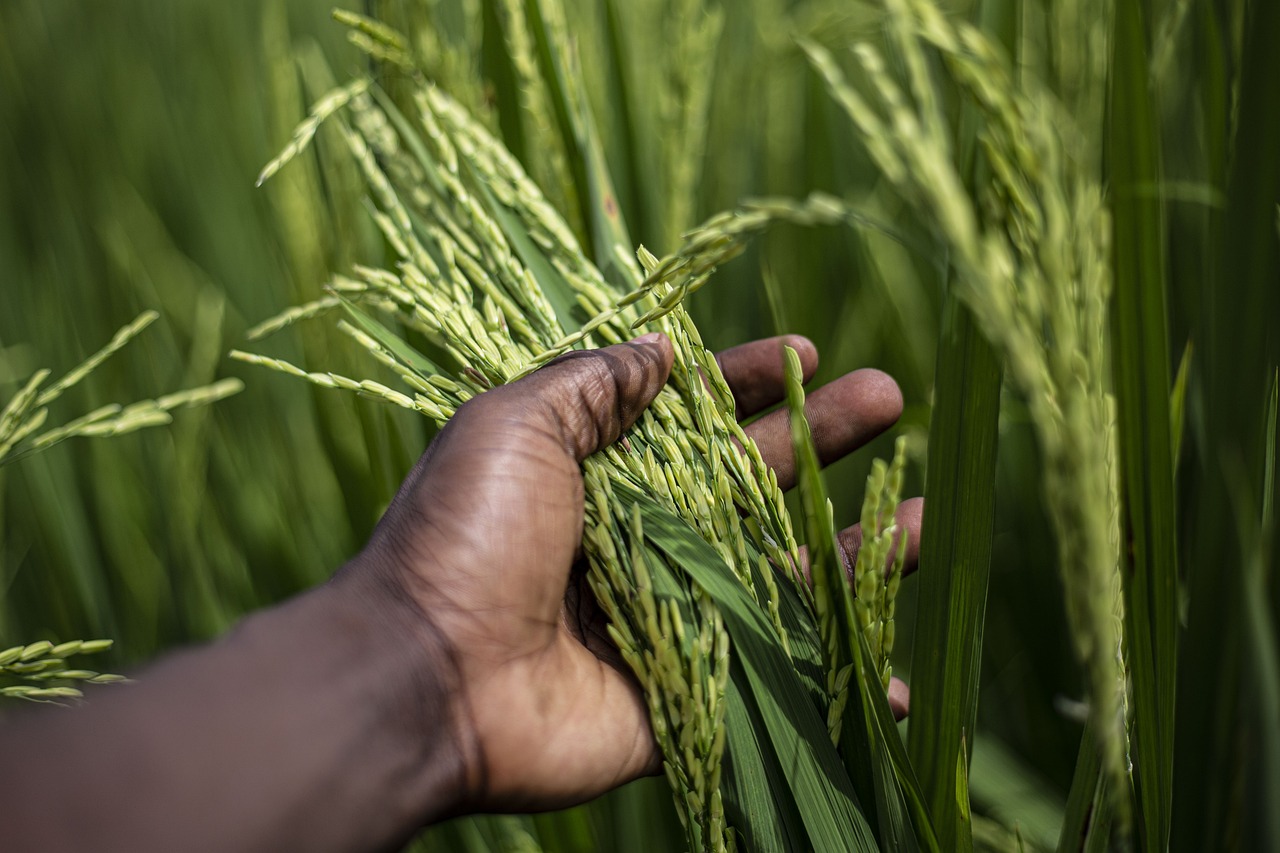
Pest Management Without Chemicals
Managing pests without chemicals is one of the biggest challenges in organic farming. Yet, organic farmers have several natural strategies to keep pests at bay.
Biological Control
Biological control involves using natural predators of pests. For example, ladybugs are released to control aphid populations.
| Pest | Natural Predator |
|---|---|
| Aphids | Ladybugs |
| Moths | Bats |
| Beetles | Birds |
Companion Planting
Companion planting is the practice of growing certain plants together to naturally repel pests. For instance, planting marigolds with tomatoes helps in deterring tomato worms.
Manual Removal
Sometimes, simpler solutions like manually removing pests or using traps are employed. While labor-intensive, this practice can be very effective for small farms.
Utilizing Natural Fertilizers
Unlike conventional farms that use synthetic fertilizers, organic farms rely on natural fertilizers to nourish the soil.
Manure
Well-composted animal manure provides essential nutrients without the risk of chemical residues.
Bone Meal and Blood Meal
These are by-products of the meat industry that supply phosphorus and nitrogen, respectively, which are crucial for plant growth.
Green Manure
Green manure involves growing specific plants that are later plowed back into the soil, enriching it with organic matter and nutrients.
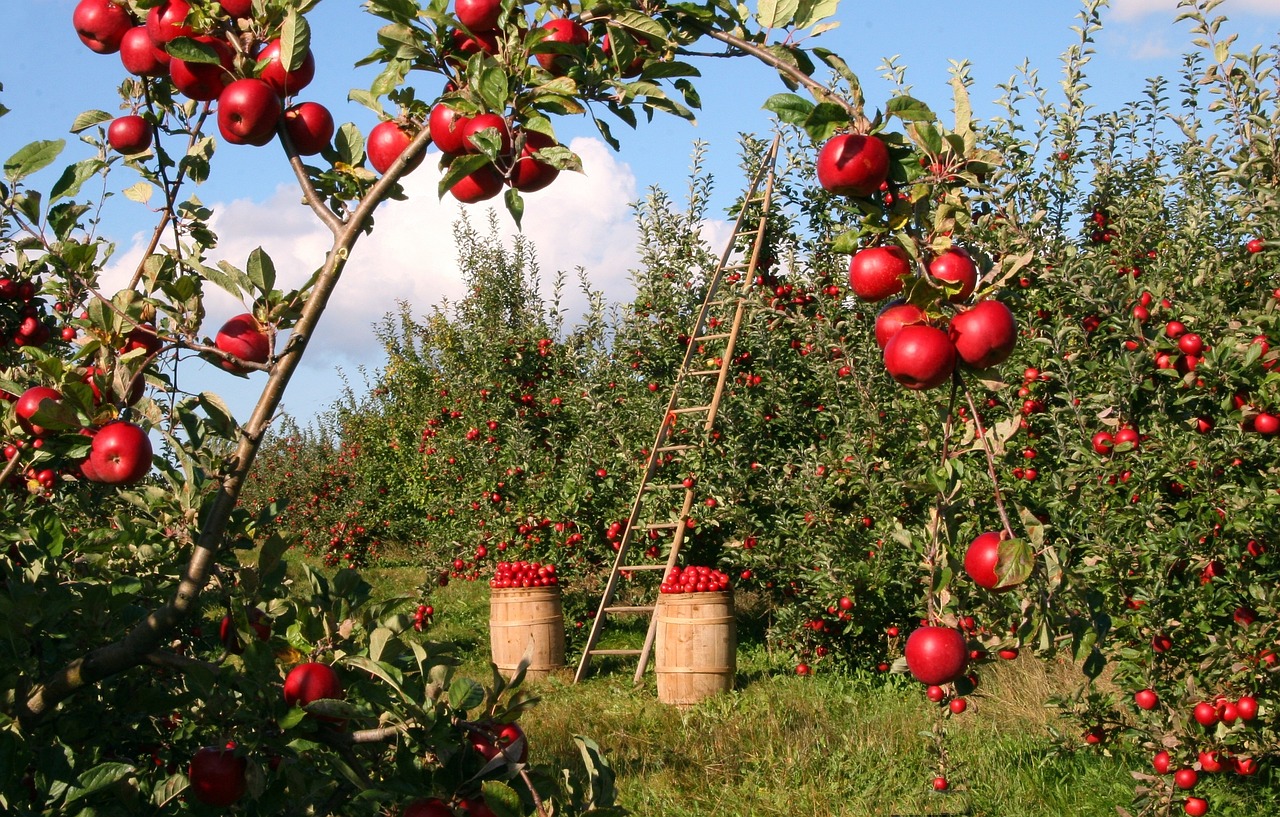
Organic Livestock Management
For those interested in how organic food is grown naturally, it’s important to understand organic livestock management. Animals play a significant role in organic farming and are treated with the utmost care.
Organic Feed
Animals are fed organic feed that is free from antibiotics, hormones, and GMOs. This ensures that no harmful chemicals enter the food chain.
Pasture Access
Animals are given access to outdoor pasture, allowing them to graze freely, which contributes to their overall health.
Humane Treatment
In addition to access to pasture, organic livestock must be raised in conditions that accommodate their natural behaviors. Humane treatment includes adequate shelter, spacing, and care.
Water Management in Organic Farming
Water is a vital resource in any form of agriculture, and organic farming is no exception. Organic farmers use water efficiently to ensure sustainability.
Drip Irrigation
Drip irrigation is a method that delivers water directly to the roots of plants. This minimizes water waste and reduces the risk of fungal diseases through excessive moisture.
Rainwater Harvesting
Many organic farms set up systems to collect and store rainwater. This practice not only conserves water but also reduces dependence on municipal water systems.
Mulching
Mulching involves covering the soil with organic materials like straw or leaves to retain moisture, suppress weeds, and enhance soil fertility.
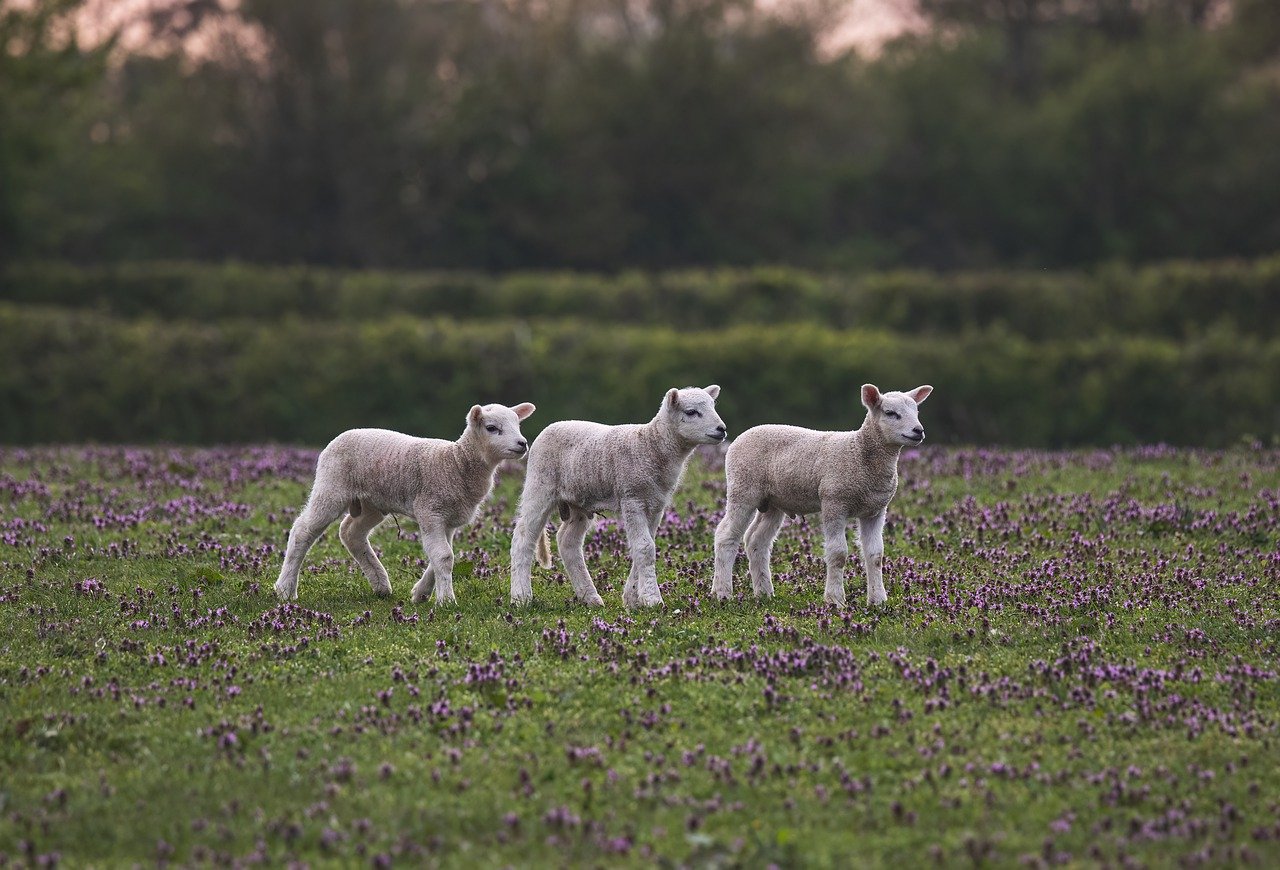
Organic Certification Labels
Understanding what organic certification labels mean can help us make better choices at the grocery store.
USDA Organic
In the United States, the “USDA Organic” label indicates that the product meets strict organic standards set by the USDA.
| Description | Requirement |
|---|---|
| 100% Organic | Completely organic ingredients |
| Organic | At least 95% organic ingredients |
| Made with Organic Ingredients | At least 70% organic ingredients |
EU Organic
In Europe, the “EU Organic” label is similarly used to denote compliance with organic standards set by the European Union.
Other Labels
Countries like Canada, Japan, and Australia have their own organic labels and certification standards.
The Benefits of Organic Food
So, why should we opt for organic food? Here are some compelling reasons:
Health Benefits
Organic foods are often richer in essential nutrients like vitamins, minerals, and antioxidants compared to their conventionally grown counterparts. Since they are free of synthetic pesticides and fertilizers, they reduce the risk of chemical exposure.
Environmental Impact
Organic farming practices are designed to be more sustainable. They promote biodiversity, improve soil health, and minimize pollution. This makes organic farming a much more eco-friendly option.
Taste
Many people claim that organic food simply tastes better. The natural cultivation methods can result in more flavorful and aromatic produce.

Common Misconceptions About Organic Farming
There are a number of myths surrounding organic farming that are worth debunking.
Organic Means No Pesticides
While it’s true that synthetic pesticides are avoided, organic farming can use natural pesticides approved by certification bodies. These include substances like neem oil and pyrethrin.
Smaller Yields
Though often thought to be less productive, advancements in organic farming techniques show that yields can be comparable to conventional farming. Crop rotation, enhanced soil health, and better pest management contribute to this.
Too Expensive to Afford
While organic food can be more expensive, the long-term benefits to health and the environment can justify the cost. Additionally, growing consumer demand is driving prices down.
How To Support Organic Farming
Buying Local
One of the best ways to support organic farming is to buy from local organic farms. Farmers’ markets and community-supported agriculture (CSA) programs are excellent sources of fresh, organic produce.
Growing Your Own
If you have the space, consider growing your own organic garden. Even a small plot can provide you with fresh, organic vegetables and herbs.
Advocate for Policies
Support initiatives and policies that promote sustainable farming practices. Advocate for better funding for organic research and for policies that make it easier for farmers to transition to organic farming.
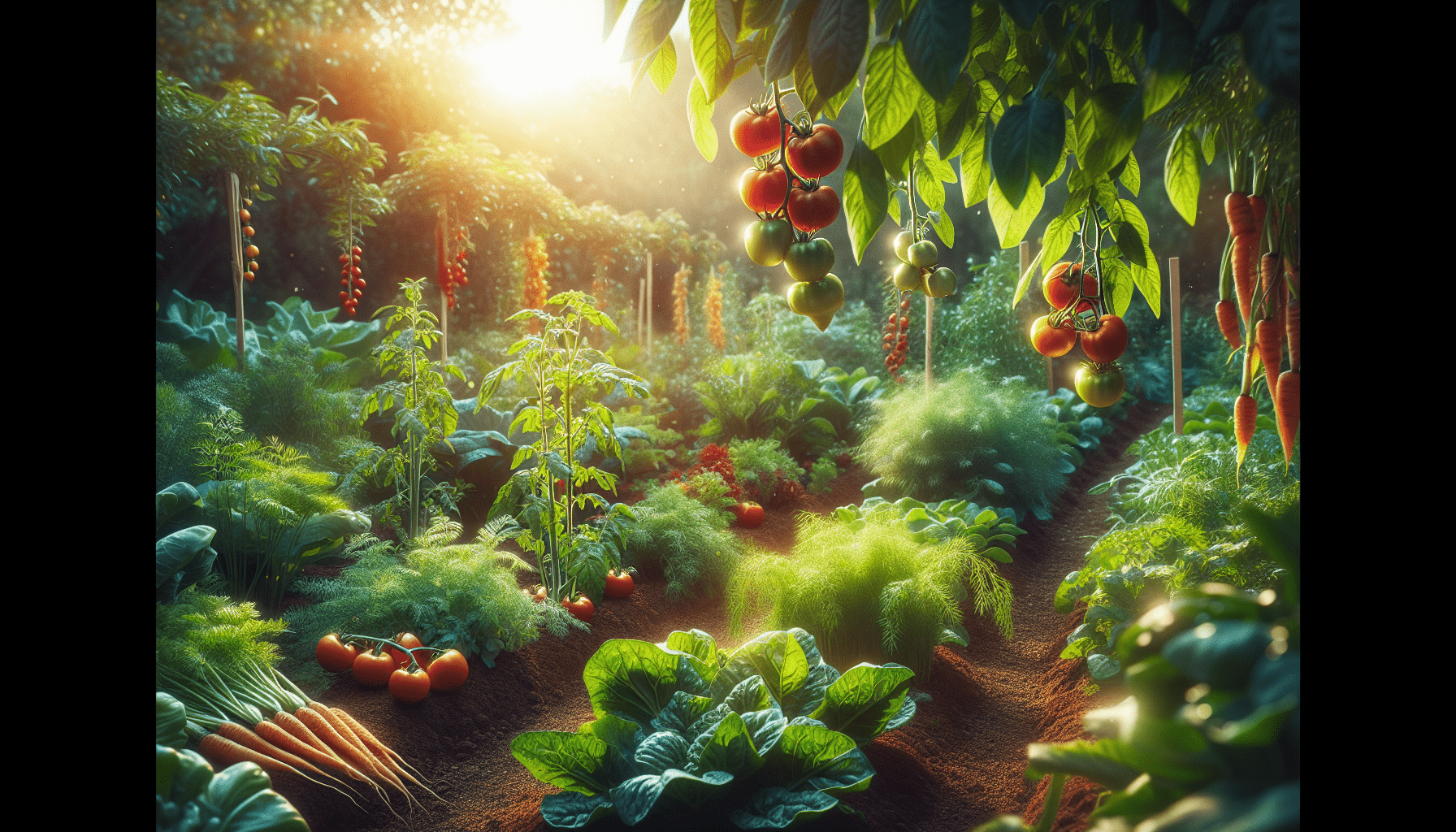
Challenges Facing Organic Farming
Organic farming is not without its challenges. Here’s a look at some of the obstacles farmers face:
Labor Intensive
Organic farming generally requires more manual labor than conventional farming, particularly in pest control and weeding. This can make organic produce more expensive.
Certification Costs
The certification process for organic farming can be costly and time-consuming, which can be a barrier for small farmers.
Market Competition
Organic farmers often face stiff competition from large-scale conventional farms that can produce food at a lower cost.
Innovative Solutions in Organic Farming
To overcome these challenges, organic farmers are adopting innovative solutions.
Technology Integration
From using drones for crop monitoring to employing automated farming equipment, technology is increasingly being integrated into organic farming practices.
Collaborative Farming
Collaborative farming models, where groups of farmers share resources and knowledge, can help reduce costs and improve yields.
Research and Development
Ongoing research into organic farming methods continues to produce new techniques and solutions, helping to address the unique challenges of organic agriculture.
The Future of Organic Farming
The future of organic farming looks promising, with growing consumer awareness and technological advancements paving the way for more sustainable practices.
Increased Accessibility
As the demand for organic food grows, it is becoming more accessible to the general public. Supermarkets now commonly carry organic products, making it easier than ever to make healthier choices.
Sustainable Developments
Innovation in farming techniques will continue to make organic farming more efficient and sustainable, addressing some of the major challenges faced today.
Global Influence
As more countries recognize the benefits of organic farming, global standards and practices are becoming more harmonized, making it easier for farmers worldwide to adopt organic methods.
Conclusion: Our Organic Future
So, how is organic food grown naturally? Through a combination of sustainable practices, natural pest control, and the use of organic fertilizers, organic farming aims to produce food that is both healthier for us and better for the environment. Despite its challenges, the continuous advancements in organic farming practices and growing consumer support are ensuring a brighter, more sustainable future for both farmers and consumers alike.
By choosing organic, we contribute to a more sustainable world and enjoy food that is not only flavorful but also a healthier choice for our bodies and our planet. Let’s make informed choices and support organic farming for a healthier future.



